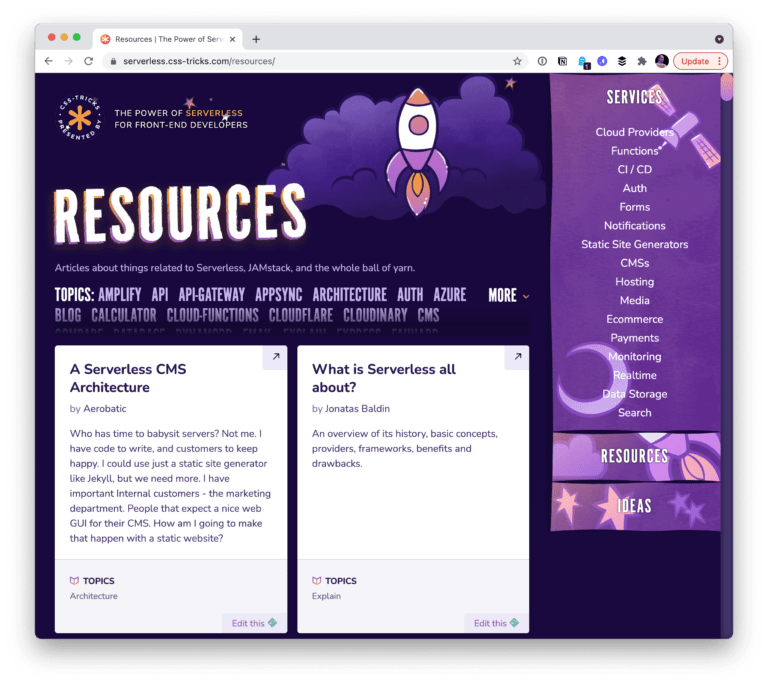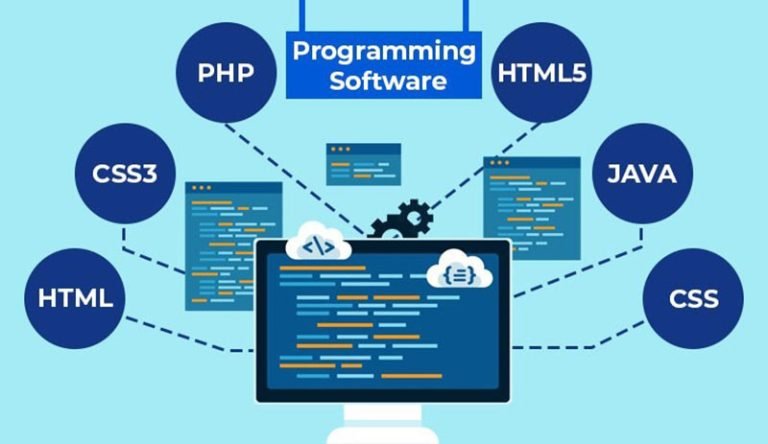
What is Design UX?
Table of Contents
- 1 What is Design UX?
- 2 UX and User Satisfaction
- 3 UX: User-Centered Design
- 4 Anticipating How Users Will Interact
- 5 User-Centered Design Interface
- 6 More on Design UX
- 7 User Experience and Website Design
- 8 UX Psychological and Motivational Triggers
- 9 Web Design UX: Explaining a Frequently Misunderstood Term
- 10 What to Expect From Your Website Designer
- 11 Web Design and User Experience Design: The Differences
- 12 User-Friendly Websites
- 13 Easy to Read Fonts
- 14 Website Navigation
- 15 UX Online Success
Design User Experience is a methodology that aims at defining the needs and expectations of users when interacting with a company’s products or services.
User experience design, sometimes referred to as UX Design, is the process of designing a user-centered user interface (UI) that supports user interaction and usability provided through the interaction with a specific product. In many cases, web designers in Orlando must also understand the requirements of the users, their goals, and their motivations for interacting with the products or services. This will then guide them in designing a user-centric design that satisfies all of these objectives.
UX and User Satisfaction
User satisfaction is also a crucial component of user-centered design. It involves the designing of user-oriented sites that provide an interface that is easy for users to interact with. The interfaces must be functional, interactive, aesthetically pleasing, and user-friendly. Users will expect certain things from their interfaces.
Although it is very difficult to satisfy all of the user’s expectations, usability is something that can be improved. A better user experience is an essential part of any design process.
UX: User-Centered Design
UX website design can have an impact on the user experience in several ways. Designers must consider all of the available information about the products and services they are designing towards. They should try to gather as much data about the product and services they are planning to use. By gathering more information, designers can analyze how their clients plan to interact with the product and its features. This will help them determine the most appropriate design for the product.
Anticipating How Users Will Interact
Usability is not only about anticipating how users will interact with the products or services, but also about how users should interact with the products and services. Users must know the product well enough to use it properly. Designers should provide clear instructions on how to use the product so that users do not get lost while using it.
Usability should also involve the users in its design. They should give their own input and suggestions regarding its features and functions. This will improve the usability of the product. Designers will be able to get feedback from users on their designs, which will be the basis of any changes that they need to make in the designs.
User-Centered Design Interface
User-centered design is also about creating an interface that meets the expectations of the users, making it easy to use. Designing user-centric experiences can improve the usability of any product or service, including those used by the business.
User-Centered Design can also lead to a better business. User-centered design involves designing a product and services that will meet all of the needs of its users, not just its creators. User-centered design is also an important part of the entire design process. If users feel comfortable and safe when using a certain product, they are more likely to purchase it.
User-Centered Design is an important tool that designers can use to increase productivity in any project.
More on Design UX
If you want to improve the usability of a product and if you want to make it easy to use, the answers to this question might be an important first step.
User-Centered Design also helps users feel that their safety is important. When you create a product that is user-centric, you will help the users to feel safe, secure, and confident. If your product or service does not meet their needs, they will likely avoid spending time and money on your platform.
User-Centered Design can improve the usability of a product because users can do what they need to do without consulting an experienced user before they do it. They know that they are capable of handling the product. Instead of spending all of their time and money on user training, they will focus on what they want to do with the product.
User Experience and Website Design
As previously mentioned, the success of your website will depend largely on how user-friendly your site looks, feels, and interacts with your users. This user interaction is referred to as the “User Experience”.
User Experience covers all aspects of your customer’s interaction with you, your business, and your website.
Internet users are very savvy these days. They don’t always know what they are looking for, but they definitely know what they DON’T like. They can spot a boring stock photo or a common templated website in a heartbeat.
Nowadays, it is easy to find someone to build a website for you. Many charge very low fees and web designers are a dime a dozen. But internet users are much savvier than they used to be, and they know what they want to find and what they expect to see. It also takes a lot more than just putting up a quick and cheap website to impress potential clients these days.
You need to give them something more to grab on to. You need to purposely design your website to suit your user’s emotions, and satisfy their feelings.
This is commonly referred to as a UX design or UI design.
UX design stands for “User Experience”.
UI design stands for “User Interface”.
Although the two both have to do with users who visit your website, what they both accomplish are very distinctly different.
User Experience
User Experience is what first attracts someone to your site when they visit for the first time. It’s the “feeling” that they get when they visit, how friendly, inviting, or pleasing the site is to the eye that gets them to stay and look a bit deeper into what is going on or about what you have to offer on your website.
User Interface
The User Interface is how the user interacts with your site. It’s the buttons that they push, the navigation bar that they use, and the other ways that they directly interact with the pages and tools on your site. It involves making those buttons stand out so the visitor is encouraged to press on them. They are a clear call-to-action because you want to make them click further into your site and learn more. It includes the simplicity of your navigation and the logical layout of elements throughout your site that makes it easy for users to find what they are looking for.
You will want to be sure your website is designed around the user’s emotions and how they are feeling when they visit. When someone visits your site, what emotion do you want to invoke? What would you want them to feel when they visit your site? This emotion will be closely tied to the visitor’s view of your company and the way that they feel when they think about your business and products.
Imagine if you walked into a store that sold baby clothes. What might you expect to see? Pastel colors, light bright walls, soft lighting. How would you expect to feel? Happy and whimsical.
But what if they decided to paint the walls a dingy brown, with dim lighting, dark baseboard, and heavy curtains. As you can see, this would not at all be the user experience someone would expect to find. You need to think about your website in the same way. For many of your potential customers, your website will be their first impression of your business. What do you want it to say about you? How do you want them to feel when they first see your site?
UX Psychological and Motivational Triggers
Motivational triggers in UX design are subtle, psychological triggers that signal to your visitors how they should feel about you and your business. If they find cues that your site is a cheap templated knock-off, what impression does that give them? It will scream to them loud and clear that if you didn’t care enough to put a custom effort into your website presence, and that you probably won’t care about treating them special, either.
It can be very tempting to cut corners and pay a very low price for your website from some freelancer in a foreign country that spits out cookie-cutter sites on the cheap. But the results will be evident over time. Now more than ever you need to consider that you are only getting what you pay for and you are only ending up with a site that looks just like everyone else’s with no consideration for making you stand out in the online crowd.
Web Design UX: Explaining a Frequently Misunderstood Term
The term “Web Design UX” describes a newer style of website design. The goal of this style of a site is to make the user’s interaction with the website as smooth and easy as possible. To do this, the layout, navigation, and interactions within the web pages are carefully considered. Before User Experience design thinking was a common process, developers and site designers focused more on their work from a purely-functional angle, thinking about how they themselves would construct a site without a whole lot of thought towards the users.
What to Expect From Your Website Designer
It is up to your website designer to decide which elements should be present in the web site. The choice will often depend on how the user will use the site. They may need the ability to interact with the site through a web browser, or they may need the ability to type text. It is important to understand these needs and how users will navigate through your website so that the proper information and links can be presented.
Web Design and User Experience Design: The Differences
There are many differences between web design and user experience design. User Experience Design is concerned with designing the user interface of the web site based on what the user actually does while using the site. These are used in tandem with the design of the website itself. When your designer is working on the website they should be thinking about the users’ goals.
One of the things that you want your designer to consider when designing a website is what features your users want to have. For example, they can create a menu on the home page of your site that provides all of the options for the user. They can then create links throughout the rest of the website to make it easier for the user to move around and access the options that they are interested in.
User-Friendly Websites
Your website should also be user friendly. If your website is difficult for your visitors to navigate then they are less likely to stay on your site and return. Make sure that your web design is intuitive enough for your users and provides them with easy to use controls.
When the website is designed you want to think about providing links that are visually appealing and attractive. You want the user to be able to read the content on your website easily as well as to navigate through it. If you are providing a lot of text that looks like it will take too long to read then your users may be distracted. Provide plenty of images that make the content easier to read.
When designing the website you want to make sure the designer uses colors that are both functional and appealing. When the text on your page is too small or too dark, you will not attract the attention that you are looking for. Use different colors on the page to help the user see what is going on. If the colors are too bright then you will make the page seem cluttered and difficult to read.
Easy to Read Fonts
Another difference between web design and user experience design is that your website should be designed to use fonts that are easy to read. Many designers will provide large blocks of color to help readers see what they are reading. These are called visual cues.
The user experience is what makes the most difference when you are designing your website. You want your visitors to have a pleasant experience while using your web site. They need to feel comfortable while they are using it. Providing plenty of graphics and text that will make it easy for the visitor to navigate will make your website user friendly.
Your website should have an easy to use navigation system that is easy for your visitors to use. If a user is having a hard time navigating through your website then they are less likely to remain on your site. A great way to provide them with a more enjoyable experience is to provide a number of menus so that they are able to find what they are looking for without having to look all around to find the relevant information for their search.
When designing your website you will want to make sure the designer pays attention to what users are looking for when they visit your site. They want your website to be easy to use and provide the best information possible. Your users will also be searching for something that is unique and special.
UX Online Success
To be successful online, you need to take the time and effort to consider your website visitor’s user experience and you need to show that you care about them. You need to take the time, money, and effort to design a site that suits your business, suits what your visitors expect to see, and makes it easy for them to use, navigate and order your products and services. If you don’t do this, they will go away to your closest competitor.





